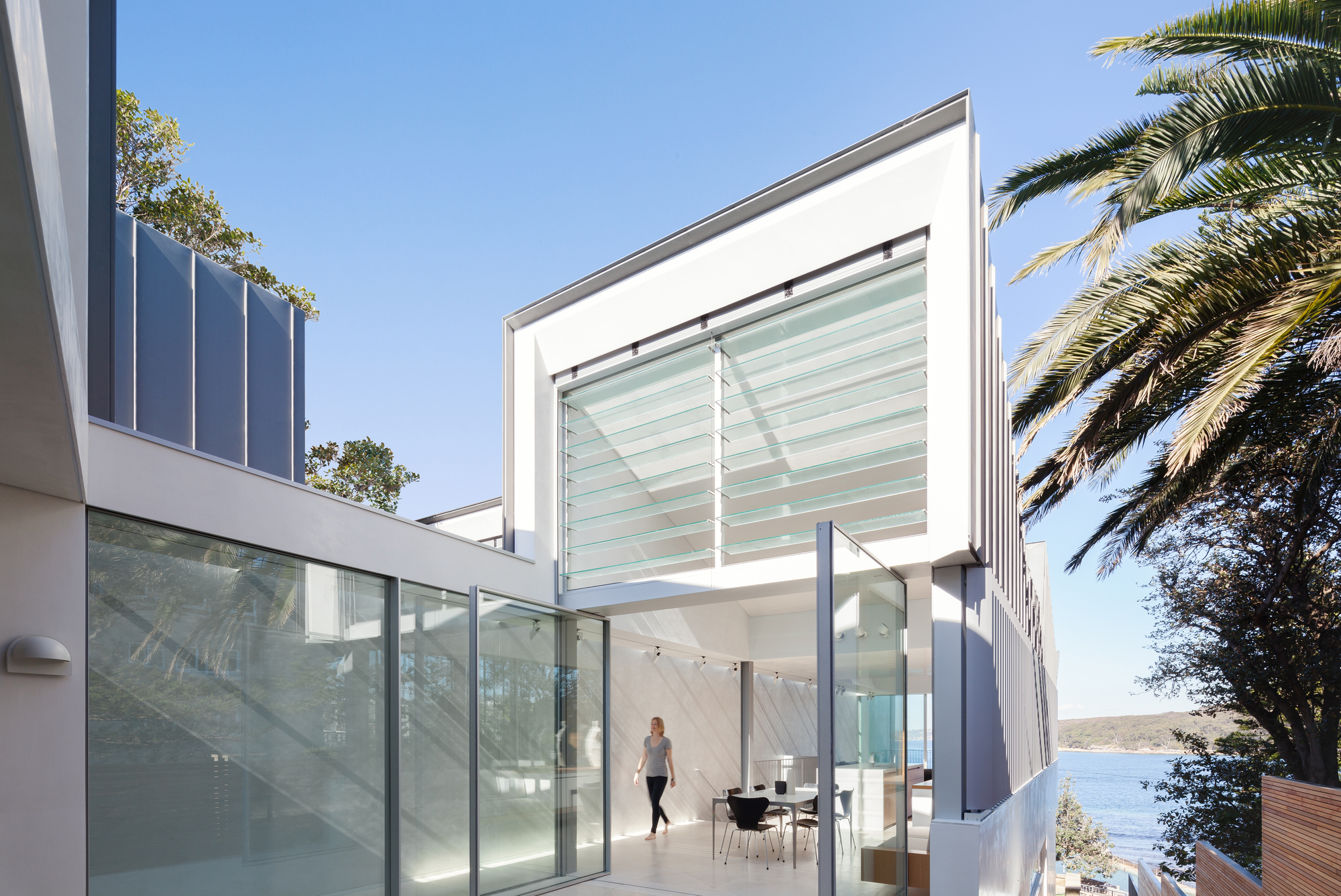 The project of a narrow two-storey house was developed andimplemented by Australian architects Having heard the expression "narrow two-story house project", many of us will think that we are talking about another work of some Japanese architect. Although such buildings appear everywhere today, most of them are concentrated in cities that are characterized by very dense development, such as Tokyo or Hanoi. However, such megacities as London or New York are not left out either. So, even if we take into account only the geographical aspect, it becomes obvious that the project we are going to tell you about is quite unusual. After all, we are talking about a very narrow two-story house located in the city of Fairlight, which is north of Sydney. Its design was developed by specialists from the local firm Marston Architects.
The project of a narrow two-storey house was developed andimplemented by Australian architects Having heard the expression "narrow two-story house project", many of us will think that we are talking about another work of some Japanese architect. Although such buildings appear everywhere today, most of them are concentrated in cities that are characterized by very dense development, such as Tokyo or Hanoi. However, such megacities as London or New York are not left out either. So, even if we take into account only the geographical aspect, it becomes obvious that the project we are going to tell you about is quite unusual. After all, we are talking about a very narrow two-story house located in the city of Fairlight, which is north of Sydney. Its design was developed by specialists from the local firm Marston Architects.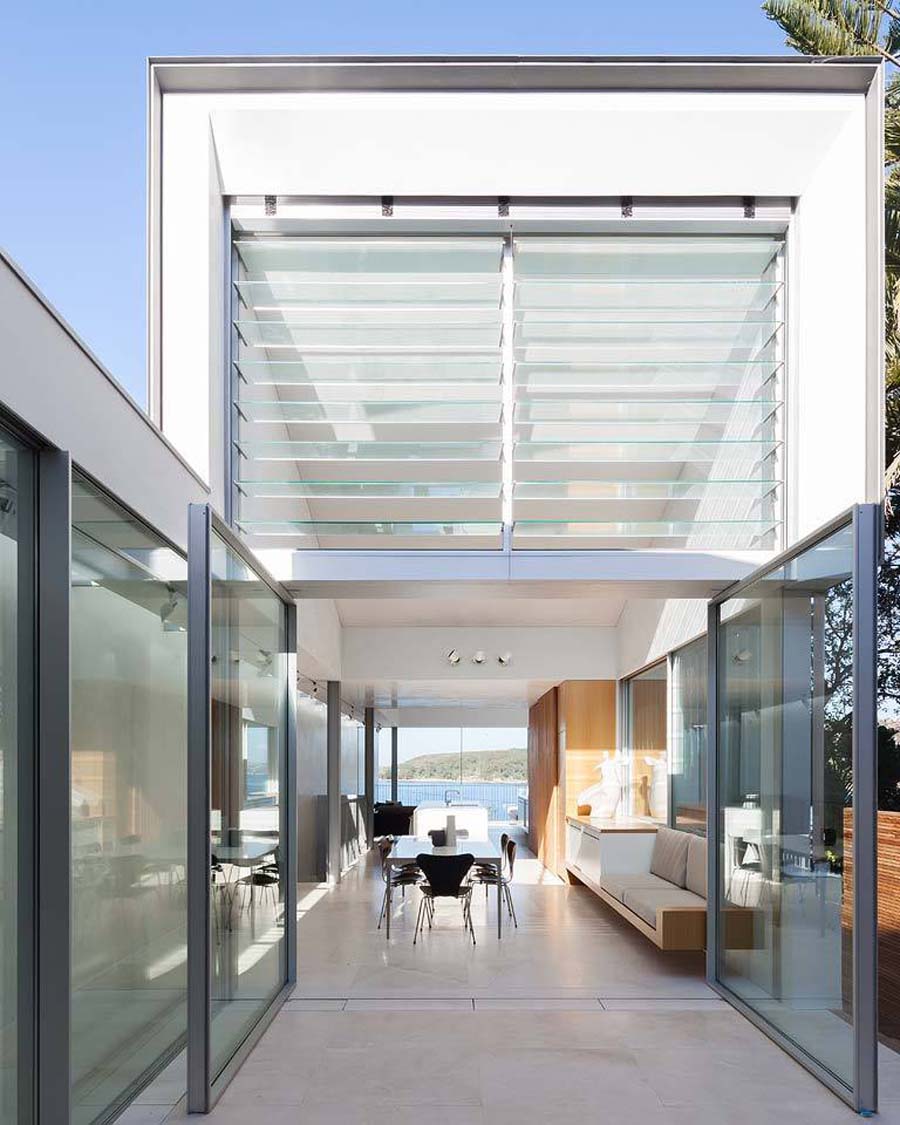 In order to save space, the architectscompletely abandoned the use of traditional doors and partitions inside the residence. Instead, they designed glass sliding panels, curtains and other elements designed to divide the space and provide flexibility and openness to the interior. For example, the bathroom in the bedroom suite is separated from the main part by a simple curtain. Due to the modest size of the house, residents do not have to cover long distances when moving from room to room and from floor to floor. The hallway and staircase are located near one of the side walls of the building. How can we explain that such a compact, if not cramped, building seems very airy and spacious? Because the designers carefully thought out the location of the windows - regular, ceiling and overhead lights, which guaranteed the interior excellent lighting throughout the day. The finish played an important role in creating a favorable impression: white plastered walls, limestone flooring and lattice oak wood panels. Some might think it's not original, but a light, neutral color palette can actually do a lot for small spaces.
In order to save space, the architectscompletely abandoned the use of traditional doors and partitions inside the residence. Instead, they designed glass sliding panels, curtains and other elements designed to divide the space and provide flexibility and openness to the interior. For example, the bathroom in the bedroom suite is separated from the main part by a simple curtain. Due to the modest size of the house, residents do not have to cover long distances when moving from room to room and from floor to floor. The hallway and staircase are located near one of the side walls of the building. How can we explain that such a compact, if not cramped, building seems very airy and spacious? Because the designers carefully thought out the location of the windows - regular, ceiling and overhead lights, which guaranteed the interior excellent lighting throughout the day. The finish played an important role in creating a favorable impression: white plastered walls, limestone flooring and lattice oak wood panels. Some might think it's not original, but a light, neutral color palette can actually do a lot for small spaces.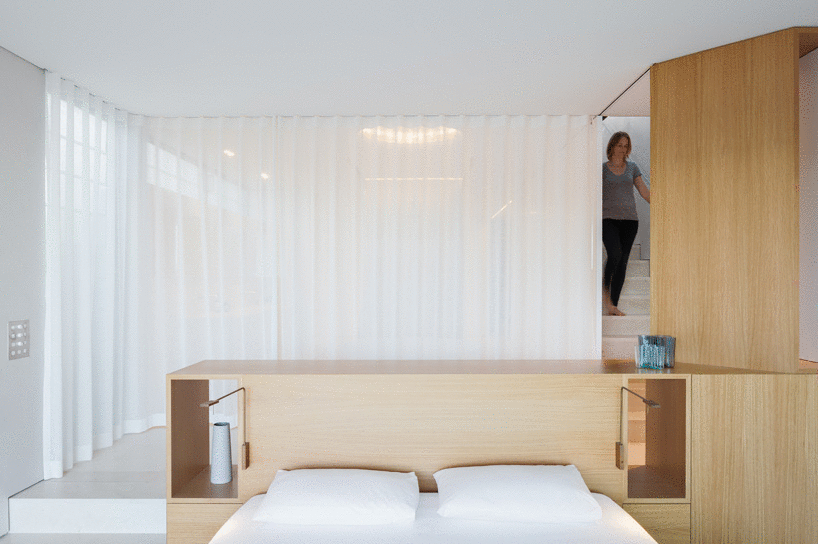
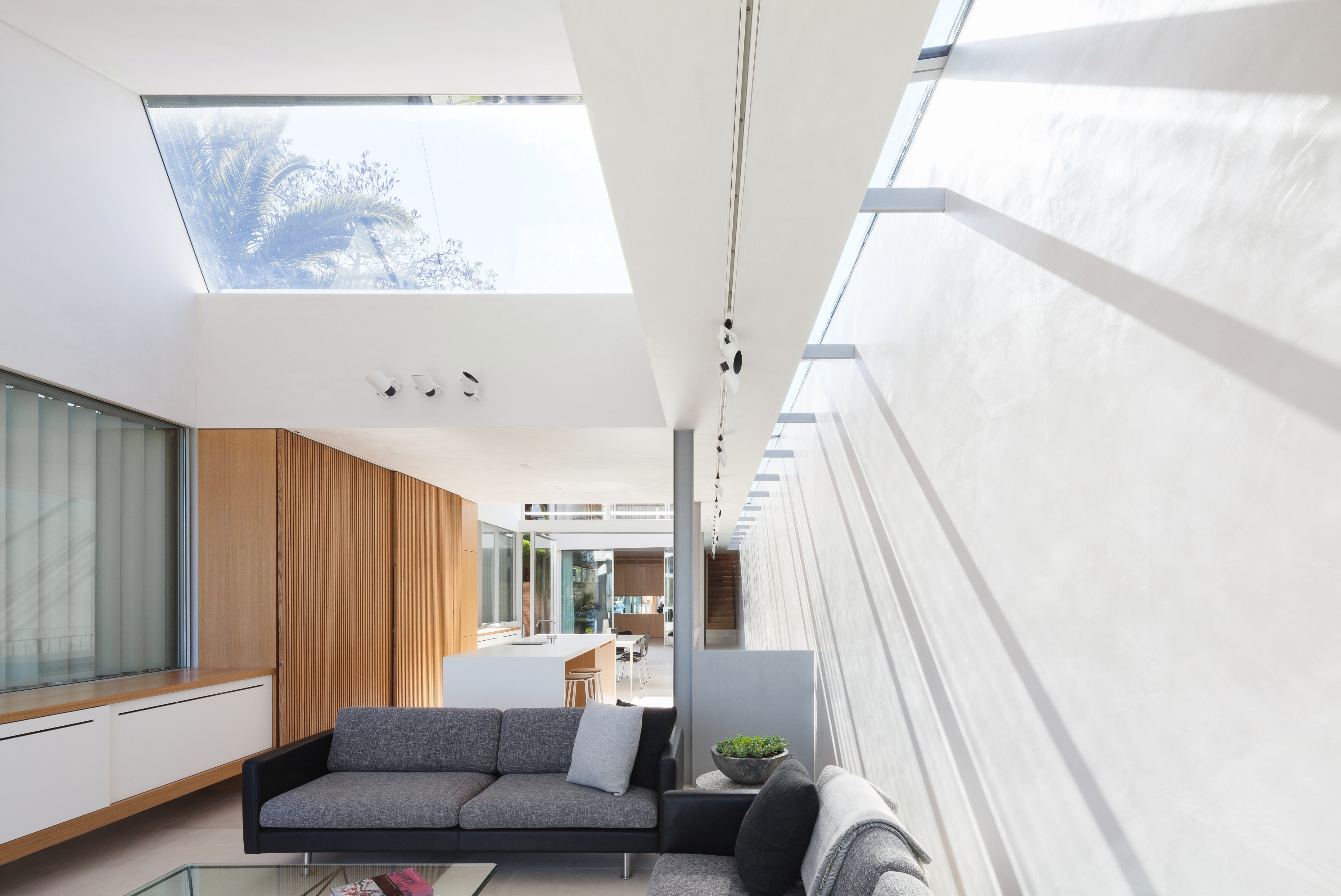
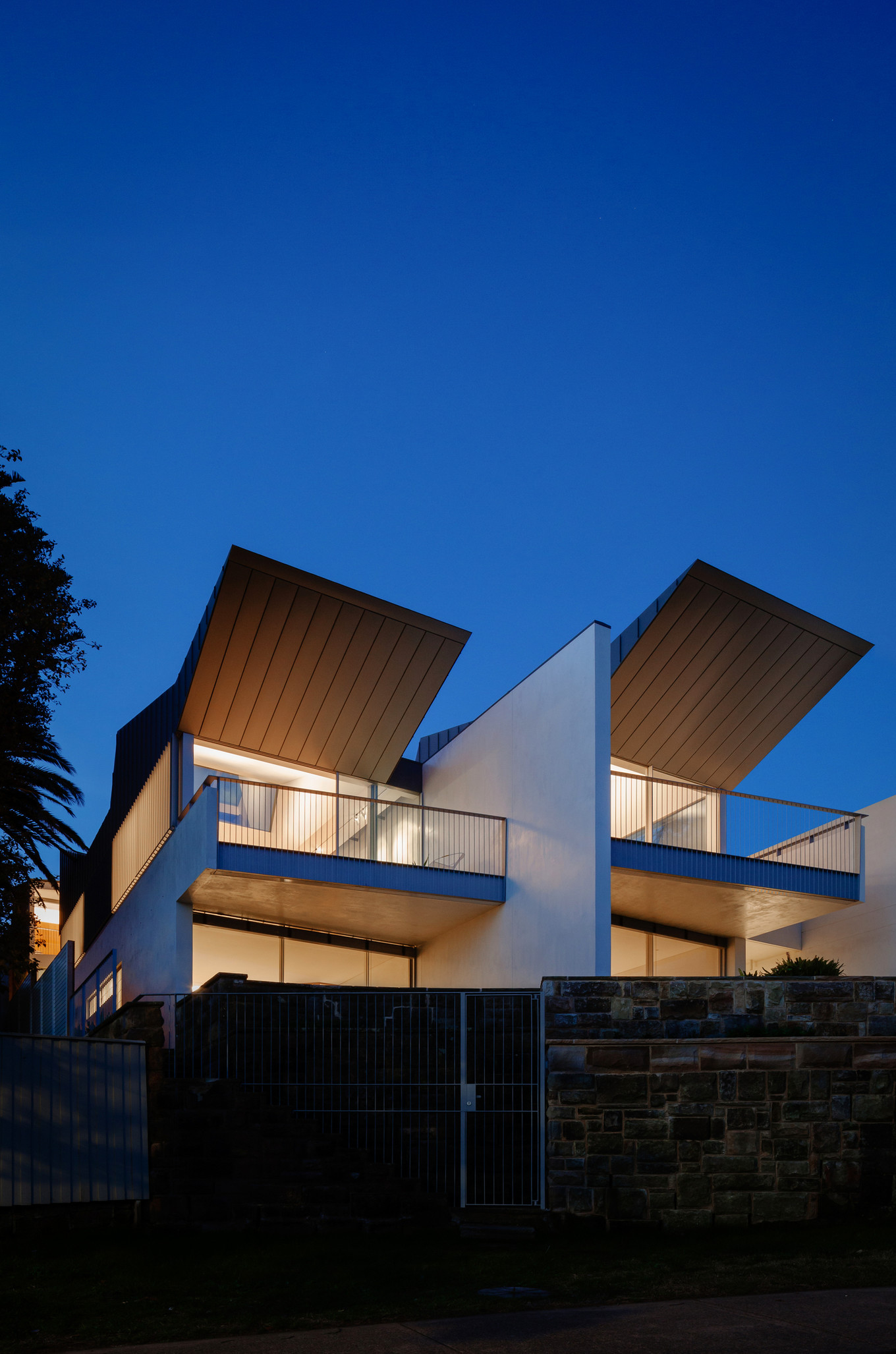 What do you think about this project?
What do you think about this project?
Project of a narrow two-story house without partitions



